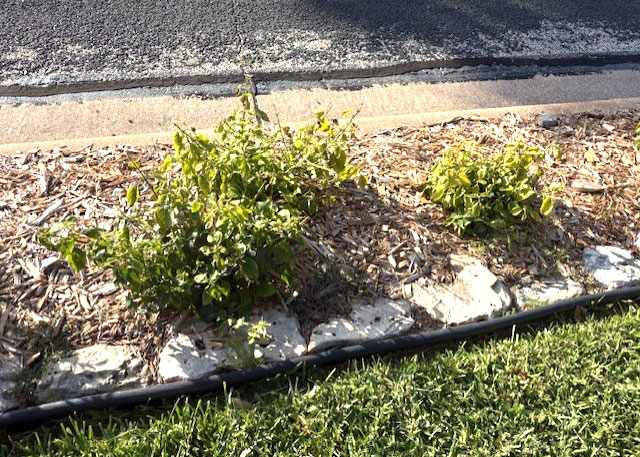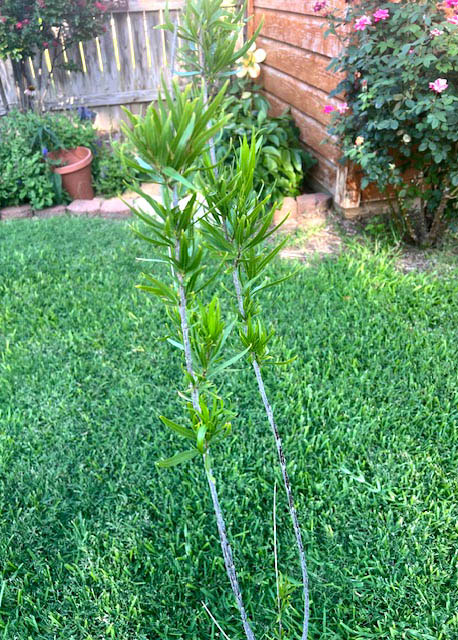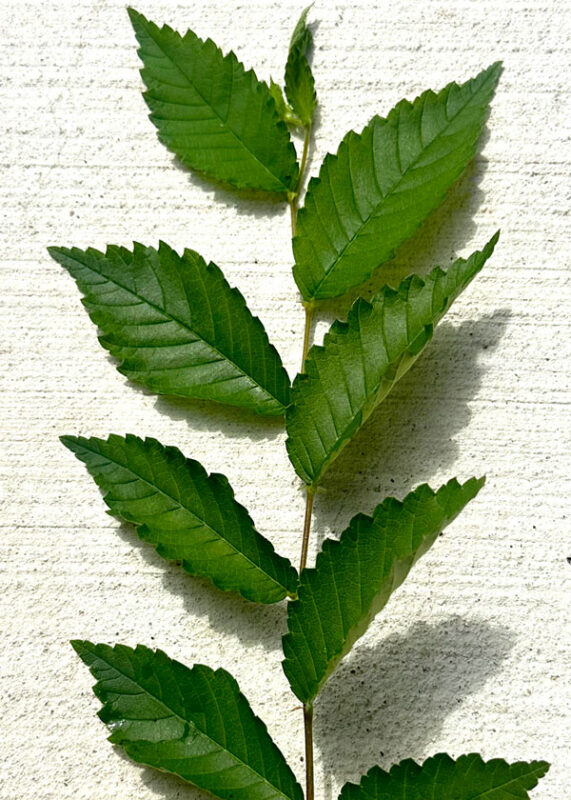Q&A – Ask Neil: July 3, 2025
(Please read these instructions carefully.)
Before you post your question, please look at recent issues to see if someone else has already asked it. You might find your answer there.
How to submit your question…
(Note: You may need to allow a pop-up window to come up in order to get the link for sending your photo(s). If you have already submitted your question and didn’t see the pop-up window, please click here.)
• Click the link provided below to post your question. After you submit your question, a new window will pop up giving you the address to which you can e-mail a SHARP, HIGH-RESOLUTION PHOTO to accompany your question. Please DO NOT SEND THUMBNAIL PHOTOS in case I need to zoom in to see things.
• Click here to post your question.
• Please ONLY POST YOUR QUESTION ONE TIME. We can only accept a set number of questions each week, and when we get duplicates it costs other people their chances.
• One question per reader, please.
• Please use this only for posting questions – not for standard emails.
• Watch for your answer in the following week’s e-gardens.
• I choose those of greatest general interest. For example, plant IDs seldom make the cut.
• I must have your first name or initials.
• I must have your city or county. (Texas is a very large state.)
Important favor: I’ve been covered up this spring with questions about live oaks losing chunks of bark. Rather than continuing to answer the same questions weekly, I’d ask that you look back to previous issues. You’ll find several replies that I’ve posted. Thanks!
QUESTION 1
WHAT IS WRONG WITH MY LANTANAS?
Question: I’ve had my lantanas for about 12 years. I believe they are the variety Dallas Red. They are usually rounded and full of flowers all summer. This is the first time they have looked unhealthy and have not bloomed well. Carole T., Austin.
Answer: As Neil Sedaka once sang, “Oh, Carol” (admittedly with a different spelling). I can’t squeeze enough resolution out of the photo to see the individual leaves well at all. I’ve grown lantanas, including Dallas Red, all my life (since I was about 10), so I’m pretty familiar with them. The only pest problem I’ve seen bother them is lace bugs. This doesn’t look like their damage, but I’ll describe it anyway: leaves lose their dark green color, turning pale green, then yellow, before turning white and crisp. The lace bugs themselves can be hard to spot. They have clear wings, but what you will see will be black, peppery specks all over the backs of the leaves. Those are the lace bug droppings.
As I said, however, this doesn’t look exactly like lace bug damage. To the best of my eyesight, it looks more like something has scorched or singed the leaves. Let me throw out some possibilities. Was anything done to that road surface? Was any heat applied to it? Was anything sprayed on it that might have glanced over onto your lantanas? Might you have watered them with a hose filled with hot water on a sunny afternoon, or could they just have gotten too dry one or two times during the drought you folks have been enduring? Have there been any weedkillers used anywhere nearby? I think the answer is going to lie in something like one of those. I hope I’ve helped.
QUESTION 2
WHY WOULD THE CRAPE MYRTLES BE MORE VIBRANT THIS YEAR?
Question: An observation also, from it, a question – why are the crape myrtles more vibrant this year than usual? Carol V., McKinney.
Answer: Rain and slightly cooler weather have certainly helped crape myrtles have one of their most beautiful flowering seasons in recent memory this year. It’s turning out to be a stunning year in those parts of the state that have had ample spring rains. (Inside comment from one McKinney resident to another: Please let your city council member hear your kind comments in support relative to The Crape Myrtle Trails of McKinney.)
QUESTION 3
WHAT MIGHT HAVE HAPPENED TO OUR SWEET BUBBA DESERT WILLOW?
Question: We planted a Sweet Bubba seedless desert willow in November 2024. It’s not showing any growth. Any suggestions? Susie S., Abilene.
Answer: Three things will help a desert willow grow to its maximum pace: sunlight, water, and nitrogen. Judging from the photo and the condition of your St. Augustine, it appears that it’s getting all three. Be patient and it should kick in and start growing next spring. It probably set it back a bit to be transplanted, I assume out of a 2- or 3-gal. pot. I read your question before I opened your photo. I actually was happily surprised to see how healthy it looks. It will get there. Remember that these are not true willows, so they never will grow at a “willow” kind of speed.
QUESTION 4
WHY IS MY PEACH TREE DROPPING LEAVES?
Question: What is going on with my peach tree? I’ve had it 5 years, and for the second year in a row the leaves are turning yellow and dropping. The soil is moist. It has bloomed well, but I’ve never had any peaches. Danny S., Arlington.


Answer: Yellowing of leaves just suggests that a tree is in some level of distress. It’s a bit like telling the doctor you don’t feel well. However, this tree looks very healthy except for that small number of yellowed leaves. It’s not uncommon for trees to lose leaves as cool, wet spring weather gives way to the dry, hot days of summer. It’s as if they’re just shedding some of their responsibilities.
You need to be removing strongly vertical growth from the center of the tree. You have the beginnings of good scaffold branches, but it looks like you haven’t pruned to the cereal-bowl shape each winter.
As for the tree’s blooming, but not setting fruit, that sounds like a lack of pollination. Perhaps you don’t have good bee activity. Perhaps you don’t have a second tree of a different variety blooming at the same time to ensure good cross-pollination. Perhaps you had a late freeze that killed the developing fruit. It’s probably in there somewhere. Start with the bees next spring to see if you have a good many. Avoid any sprays while they’re active.
QUESTION 5
HOW DO I REMOVE THESE ELM SEEDLINGS?
Question: Over the past couple of years my flowerbeds have been overrun with what I believe are Siberian elm tree shoots. To my knowledge there no Siberian elm trees near my house. Does this happen commonly in Central Texas? How can I eliminate them? James L., Arlington.
Answer: Fortunately, there are precious few Siberian elms (Ulmus pumila) planted in Texas any longer. At the beginning of my career 50 years ago they were one of the most common “fast-growing” shade trees planted in front of a majority of tract homes. They are not good trees. We knew them more commonly then as “Chinese” elms. There probably are still a good many of them hanging around older neighborhoods in Arlington capable of serving as seed sources. Their seeds drop in late spring. That’s an important fact, because when you first see the young seedlings germinating will tell you a lot about what species you have growing there.
Look around your neighborhood, especially within a house or two of your own home, for a lacebark elm or a cedar elm tree. Lacebarks’ leaves are far glossier than those of the cedar elms. Both of these have fruit that drop in autumn. I have a cedar elm, and its seedlings come up in abundance each spring. I use a hoe to stir them up in my beds and a mower to discourage them in my lawn. They even come up between Pavestone pavers in our drive, and there we use a tank sprayer filled with a straight glyphosate herbicide to eliminate them while they’re only an inch tall. It takes less than an hour a year to eliminate all of them.
QUESTION 6
HELP ME UNDERSTAND WHAT’S BEEN DONE TO THESE TREES
Question: My daughter bought a house this year and the holly in the front yard is growing around the metal stake. Should the holly be cut down? Exposed stake cut out? Leave the holly alone? Also, what is the purpose of the metal bands around the other tree? Kristl, Plano.
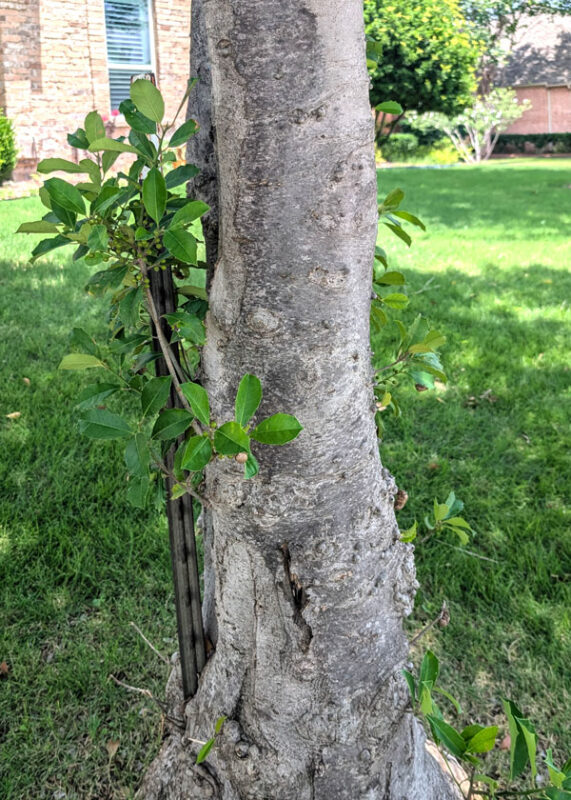
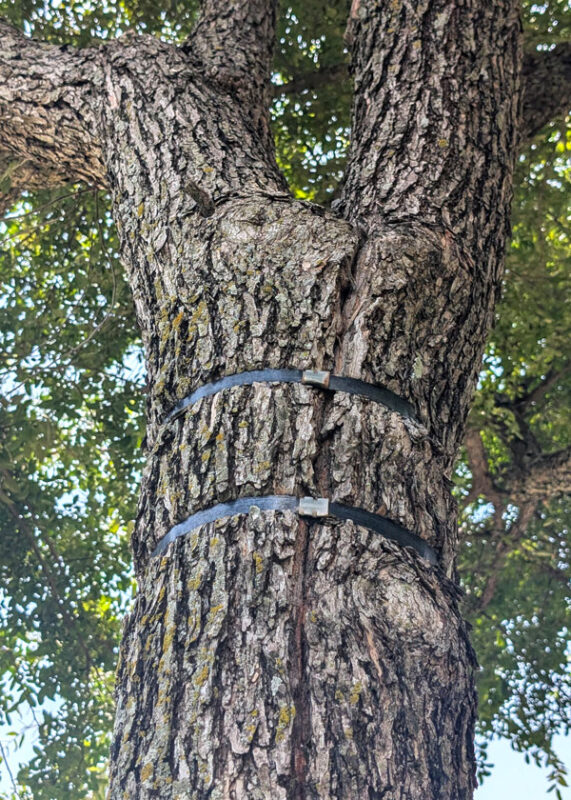
Answer: I have no earthly idea what the person might have been doing with the metal stake. Unless you can see a reason from a different angle, that metal pipe needs to be dug and removed.
As for the metal bands, they used those to pull a tree that had been split by a wind or ice storm back together. That’s certainly not an approved way, especially if they’re left in place for more than a day or two while you rush to the hardware store to buy all-thread rods, large washers, nuts, and a very long drill bit. The goal is to drill through the trunk in several places at right angles to the crack and then pull it tightly together. That should be done in tandem with cables up in the canopy that support one side against the other. Think of tying fine wire across the ends of a wishbone before you try to break it.
Frankly, this needs to be done by a certified arborist who knows how to do it properly and safely.
Those bands need to be cut off as soon as you have the rest of the work completed. The arborist will know that. Otherwise, they will girdle the trunk and kill the tree. Get it done soon.
Note after cropping your photo: I looked more closely at the crack in the trunk. It does not look like it is growing back together. Ask your ISA certified arborist if this is ever going to be a sound tree trunk again. As the tree grows larger and larger, the weight on that split is going to become substantial. You really need to know now whether it’s worth the investment in trying to save it.

